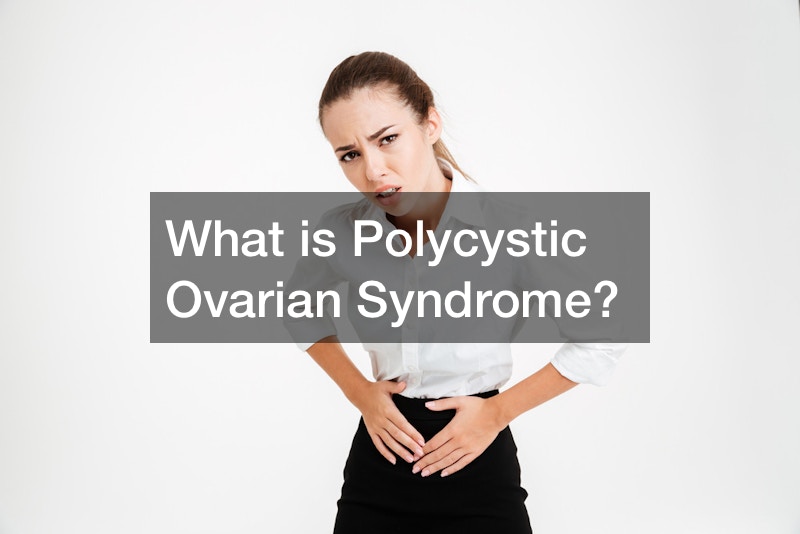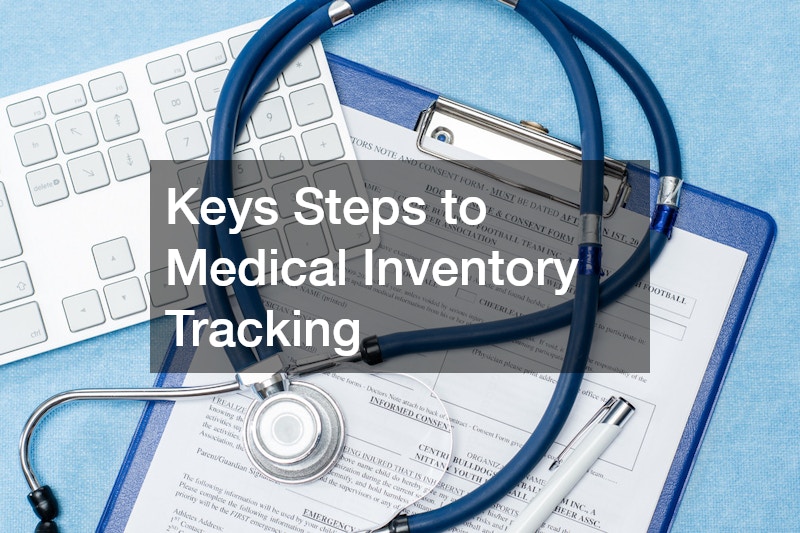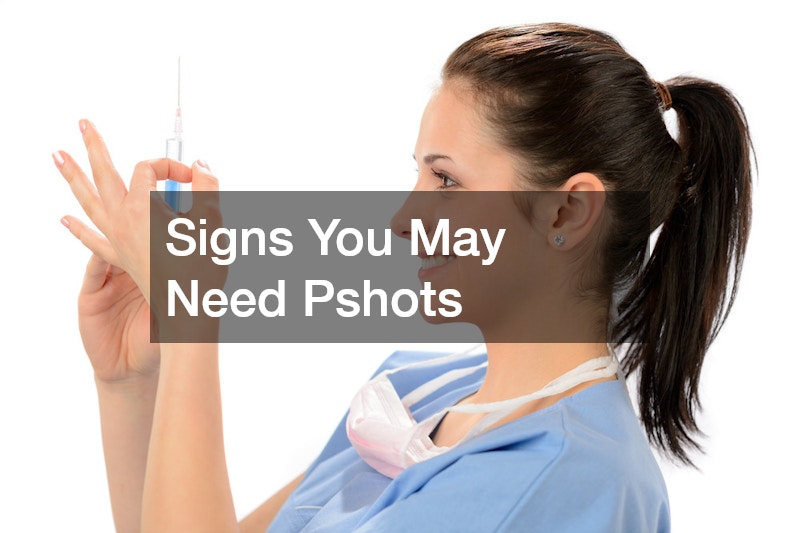You don’t ovulate when you have polycystic ovarian syndrome because of a hormonal imbalance. A common misunderstanding about PCOS is that it’s due to low progesterone. This is actually a symptom and not the cause.
The attached video explains PCOS in simple terms.
PCOS is diagnosed if you meet two of three criteria – irregular cycles, high androgens, and polycystic ovaries as shown by an ultrasound. Polycystic means having more follicles than normal.
FSH is produced by the pituitary gland. Normally, the ovary responds to FSH by producing a follicle that will mature, causing ovulation. When there are lots of follicles, FSH will be produced, but the follicles won’t respond. Follicles instead produce estrogen in small amounts, causing the brain not to produce any more FSH. This becomes a cycle and causes anovulation. The LH released from the brain then stimulates the ovaries to produce testosterone instead as it’s not ovulating.
Fat cells also produce estrogen, thus exacerbating the situation, so overweight people are encouraged to lose weight. Other problems such as insulin resistance and metabolic diseases can also arise.
PCOS can’t be cured but instead is managed by birth control pills, maintaining a healthy weight, exercising, eating healthy foods, and managing stress.
.



